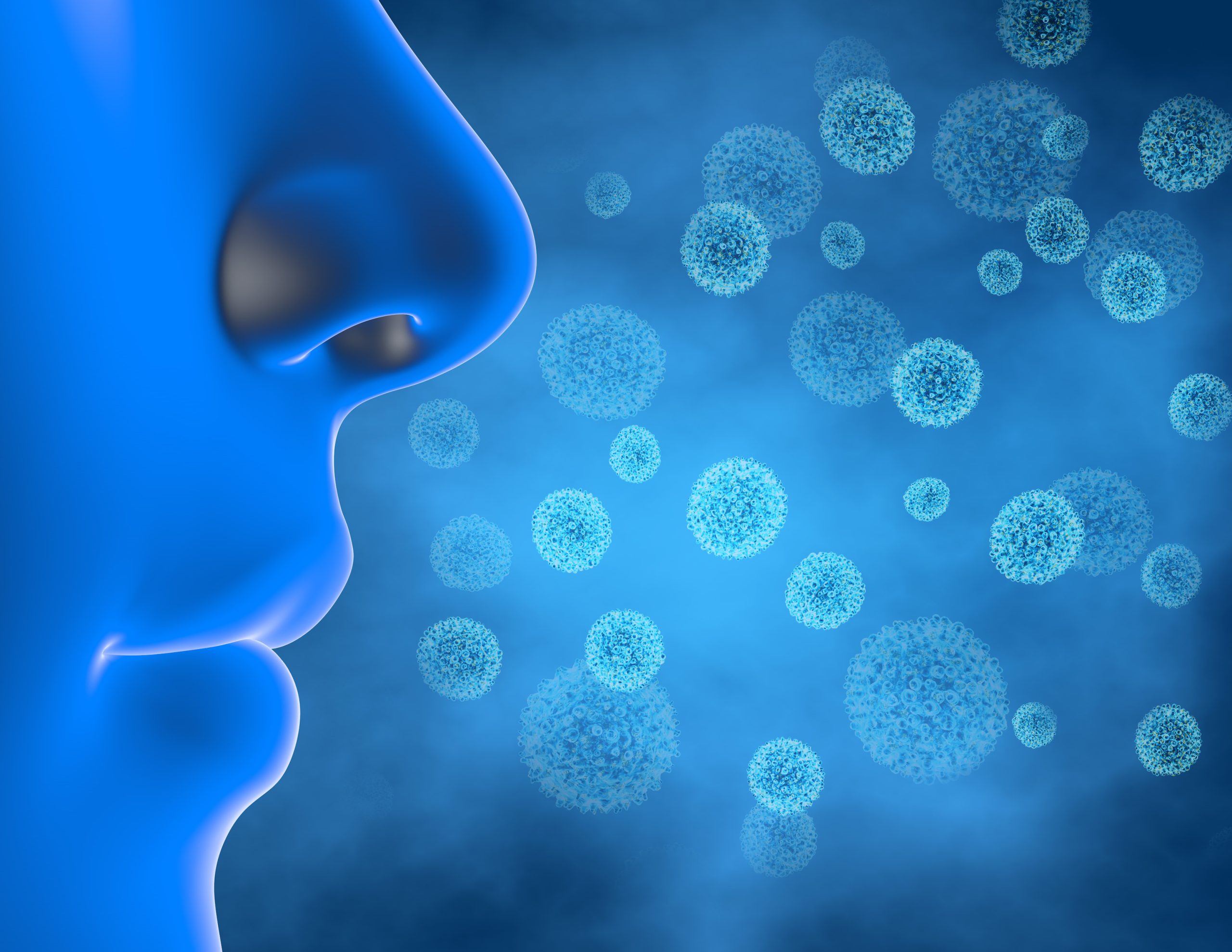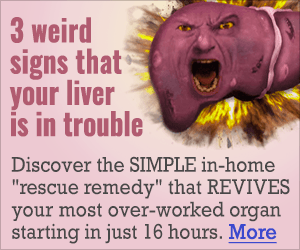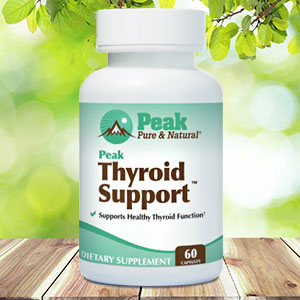Get Easy Health Digest™ in your inbox and don’t miss a thing when you subscribe today. Plus, get the free bonus report, Mother Nature’s Tips, Tricks and Remedies for Cholesterol, Blood Pressure & Blood Sugar as my way of saying welcome to the community!
Parkinson’s toxic triggers and how they enter the brain

There’s no question that the environment can have a big impact on our health.
Toxins in our air, water and food can lead to conditions ranging from type 2 diabetes to thyroid dysfunction. In fact, toxic metal pollution has been deemed worse on the heart than smoking or high cholesterol.
Now researchers are examining whether substances in the environment could be triggering and exacerbating a debilitating disease that affects more than 10 million people worldwide…
Toxic triggers for Parkinson’s could originate outside the brain
For decades, scientists have been debating where alpha-synuclein, a protein that plays a crucial role in Parkinson’s disease, comes from. Over time, the protein accumulates in the brain in clumps called Lewy bodies, causing progressive nerve cell dysfunction and death.
The leading theory has been that this neurodegenerative disease originates within the brain. However, in 2003 it was first proposed that Parkinson’s may actually begin outside the brain.
That theory has received possible reinforcement from a study that argues Parkinson’s is the result of processes that start either in the brain’s smell center or the body’s intestinal tract and are triggered by — you guessed it — environmental toxins.
“In both the brain-first and body-first scenarios the pathology arises in structures in the body closely connected to the outside world,” says Dr. Ray Dorsey, a professor at the University of Rochester Medical Center and co-author of the study.
“Here we propose that Parkinson’s is a systemic disease and that its initial roots likely begin in the nose and in the gut and are tied to environmental factors increasingly recognized as major contributors, if not causes, of the disease,” Dorsey says. “This further reinforces the idea that Parkinson’s, the world’s fastest growing brain disease, may be fueled by toxicants and is therefore largely preventable.”
Which comes first, brain or body?
One theory is that an unidentified pathogen, such as a virus, may be responsible for Parkinson’s. But this more recent study pinpoints four environmental factors — the dry cleaning and degreasing chemical perchloroethylene (PCE), also known as tetrachloroethylene, the weed killer paraquat, and air pollution — as possible causes of the formation of toxic alpha-synuclein.
Thousands of former industrial, commercial and military sites are contaminated with PCE. Paraquat is one of the most widely used herbicides in the U.S. despite being banned for safety concerns in more than 30 countries, including the European Union and China.
The nose and the gut are both lined with soft, permeable tissue and have well-established connections to the brain. In the brain-first model, the chemicals are inhaled and may enter the brain through the nerve responsible for smell. From that smell center, alpha synuclein spreads to other parts of the brain, including regions with concentrations of dopamine-producing neurons. The death of these cells is a hallmark of Parkinson’s.
When these chemicals are ingested, they pass through the gastrointestinal tract’s lining, potentially sparking initial alpha synuclein pathology in the gut’s own nervous system. From there, it can spread to the brain and spinal cord. This body-first pathway is often linked with Lewy body dementia, a disease in the same family as Parkinson’s.
Dorsey notes that the timing, dose, and duration of exposure, as well as genetic interactions and other environmental factors, are likely key to determining who develops Parkinson’s. “In most instances, these exposures likely occurred years or decades before symptoms develop,” he says.
What to do about exposure
Given the growing body of research connecting environmental exposure to Parkinson’s, the study authors believe these new models may “explain many of the mysteries of Parkinson’s disease and open the door toward the ultimate goal — prevention.”
If you’re like me, you may feel despair at the thought that you’ve been breathing in and ingesting these toxic chemicals for potentially years now. The best first step is to limit further exposure.
- Avoid purchasing clothes that require dry cleaning to reduce exposure to PCE.
- Avoid golf courses and parks where paraquat is commonly used.
I’ve shared before that chelation can help remove toxic metals from the body. Chelators bind to metal ions, so for toxic metal exposure that we know exists in air pollution, it’s a helpful detox route.
PCE does not contain metal ions. Instead, the best bet here is to boost the natural stores of your body’s master antioxidant, glutathione. Glutathione can break down PCE, allowing them to be eliminated through urine.
Also, consider supplementing CoQ10 and PQQ. Together, these two enzymes help protect the brain’s neuron cells (the cells that pollution particles hitch a ride on to get directly to your cerebellum) by boosting mitochondria and reducing oxidative stress.
Editor’s note: Do you know that poor gums and teeth are linked to the number one killer in America? Not to mention kidney disease… rheumatoid arthritis… Parkinson’s disease… depression… and so much more. Click here to discover America’s Hidden Dental Health Crisis: How to protect yourself and your family from this dangerous public health peril!
Sources:
New hypothesis emerges on Parkinson’s disease’s origins and spread — Medical Xpress
The Body, the Brain, the Environment, and Parkinson’s Disease — Journal of Parkinson’s Disease
Statistics — Parkinson’s Foundation














